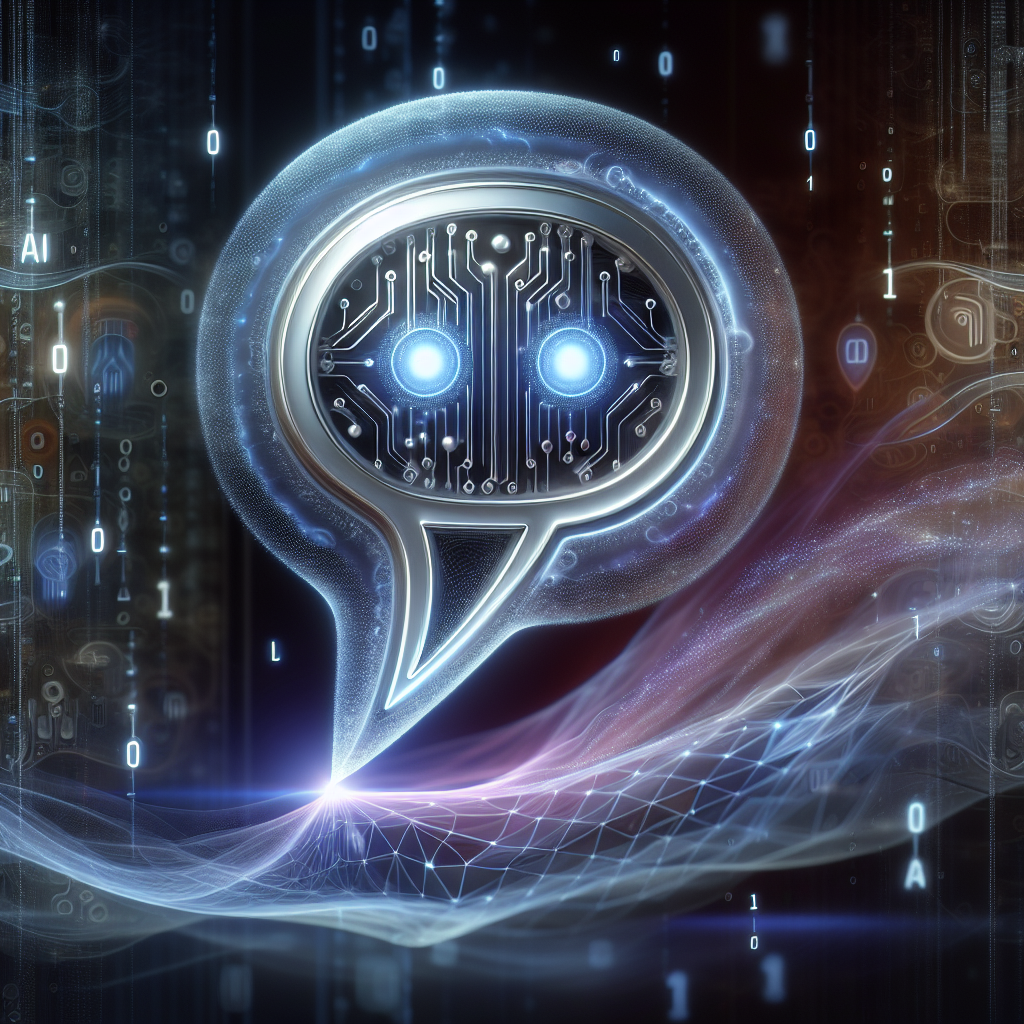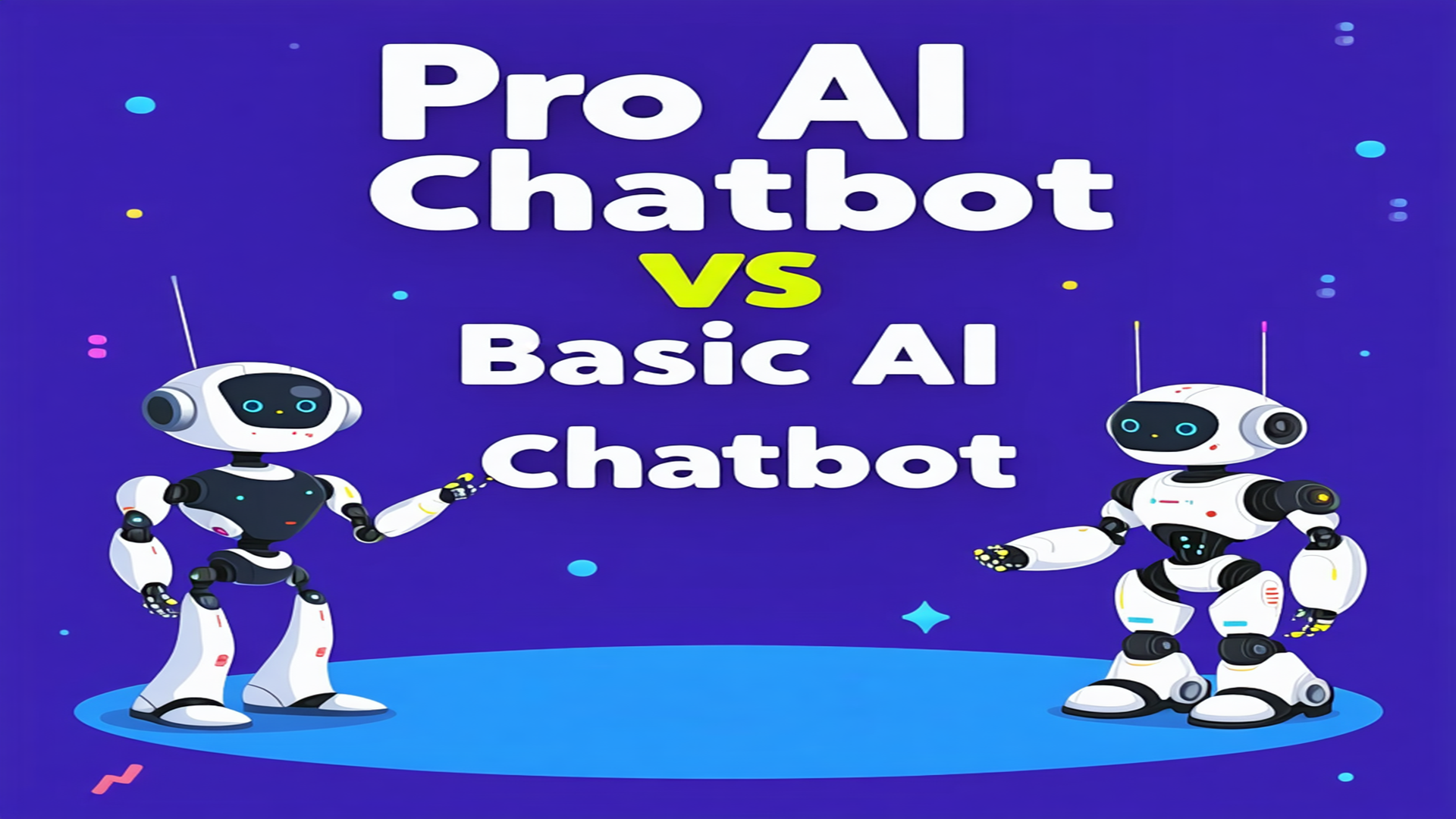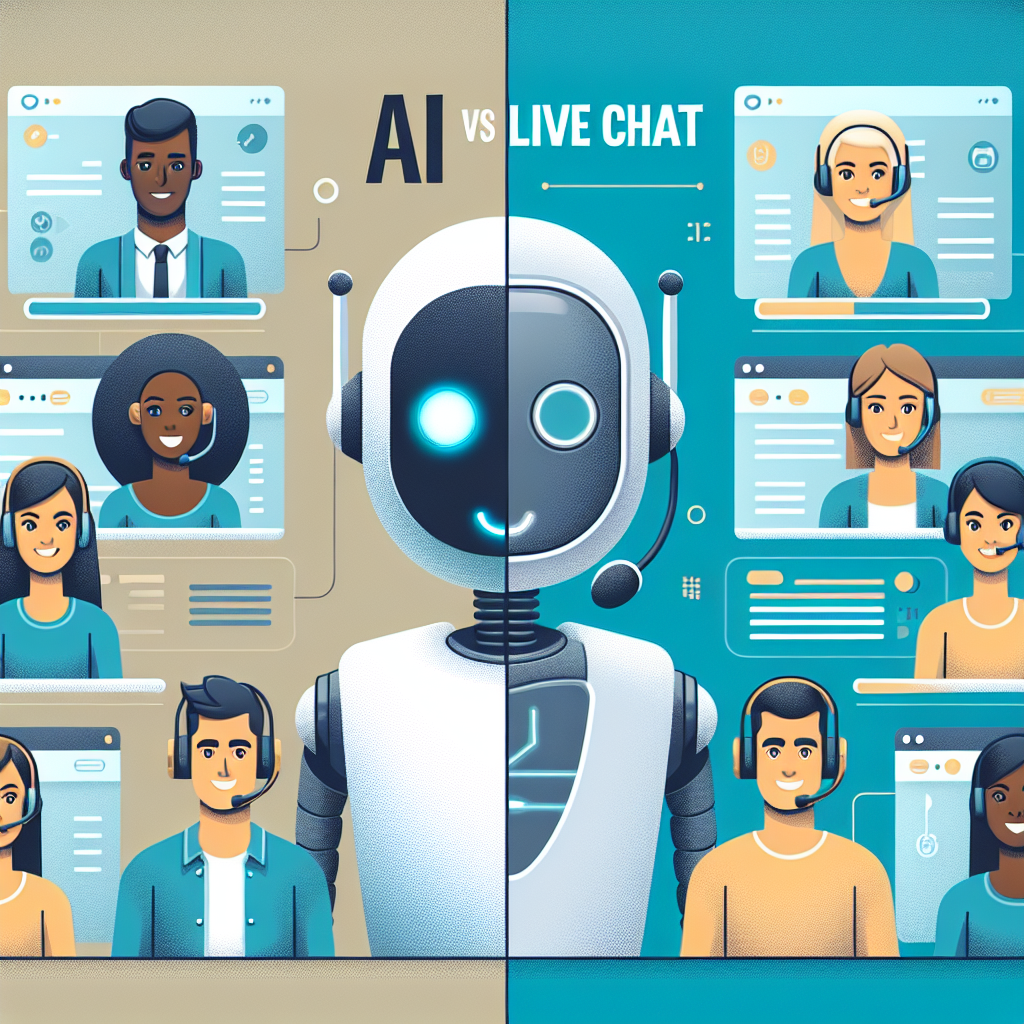
Zach Paruch May 28, 2025
Introduction
Let me share something with you - last year, I was drowning in customer support tickets at our software company. The team was overwhelmed, response times were climbing, and customer satisfaction was dropping. That's when we decided to implement an AI chatbot solution. Within three months, we saw our ticket volume drop by 80%. Today, I'm going to show you exactly how to achieve similar results.
Understanding the Support Ticket Challenge
Before we dive into the solution, let's understand why support tickets pile up in the first place. Most companies face a common pattern: about 80% of support queries are repetitive questions that could be automated. The remaining 20% typically require human expertise.
The Foundation: Planning Your Chatbot Strategy
Success begins with proper planning. First, you'll need to analyze your current support workflow. Pull out your last three months of support tickets and categorize them. Look for patterns - which questions keep coming up? What are your peak support hours? Which issues consistently require human intervention?
Setting Realistic Goals
While an 80% reduction in tickets sounds ambitious, it's absolutely achievable with the right approach. Start with smaller milestones - aim for 30% in the first month, 50% in the second, and build from there.
Building Your Support Powerhouse
Here's where Magicley's AI chatbot builder comes into play. What sets it apart is its ability to create sophisticated conversation flows without requiring any coding knowledge. The platform offers:
- Natural Language Processing: Your chatbot will understand customer intent, not just keywords
- Smart Learning: It continuously improves by learning from each interaction
- Multi-language Support: Serve customers globally without language barriers
- Analytics Dashboard: Track performance metrics in real-time
The Implementation Process
Let's break down the implementation into manageable steps:
Step 1: Knowledge Base Setup
Start by feeding your chatbot with information. Gather your:
-FAQ documents
-Common troubleshooting guides
-Product documentation
-Previous support conversations

Step 2: Conversation Flow Design
Design your conversation flows to mirror human support interactions. Include:
-Warm greetings
-Clarifying questions
-Clear resolution paths
-Smooth handoff protocols for complex issues

Testing and Optimization
Never launch your chatbot without thorough testing. Create a beta testing group from your existing customers. Their feedback will be invaluable for fine-tuning the system.

Key Testing Areas
-Response accuracy
-Conversation flow natural feel
-Handoff triggers
-Load handling capacity
Measuring Success
Track these essential metrics:
-Ticket reduction percentage
-Customer satisfaction scores
-Resolution time
-Handoff rate
Common Pitfalls to Avoid
Through my experience, I've seen companies make these mistakes:
- Trying to automate everything at once
- Not having a clear handoff protocol
- Forgetting to update the chatbot's knowledge base
- Ignoring customer feedback
Future-Proofing Your Support System
The customer support landscape is constantly evolving. Keep your chatbot relevant by:
-Regularly updating its knowledge base
-Monitoring emerging support trends
-Collecting and implementing user feedback
-Staying current with AI capabilities
Conclusion
Building a customer support chatbot that significantly reduces tickets isn't just about implementing technology - it's about creating a solution that truly serves your customers while making your support team more efficient. With the right approach and tools like Magicley's AI chatbot builder, you can achieve that 80% reduction in support tickets while maintaining or even improving customer satisfaction.
Remember, the goal isn't to replace human support entirely, but to free up your support team to focus on complex issues that truly require their expertise. Start small, measure consistently, and scale up as you see results.

